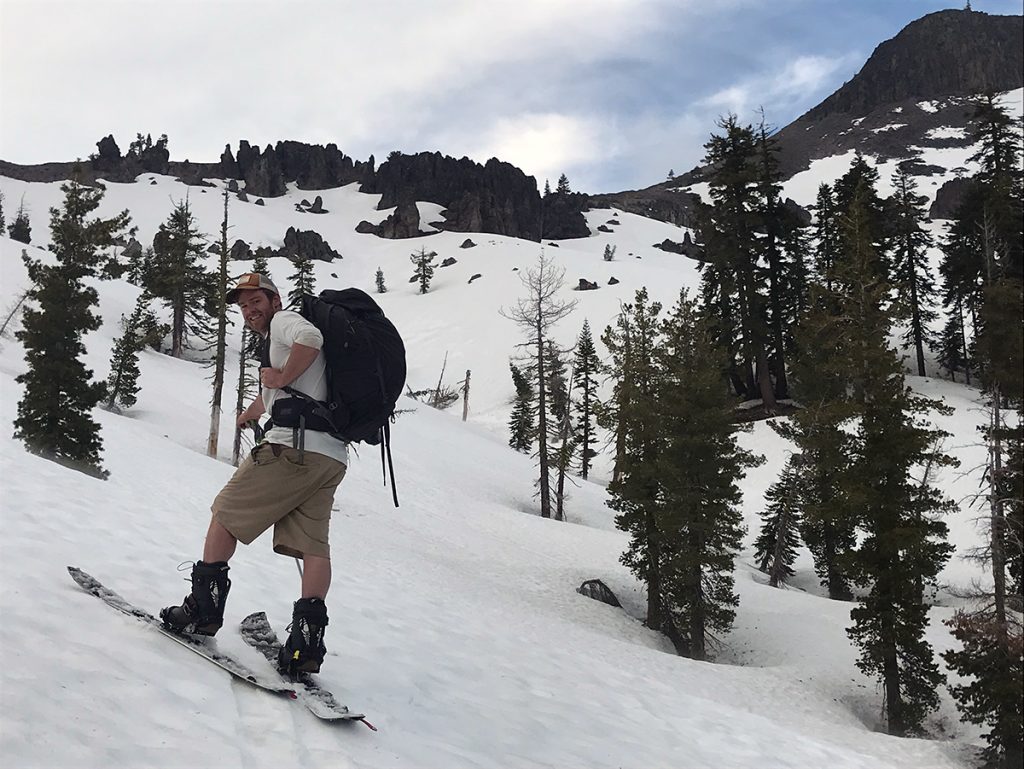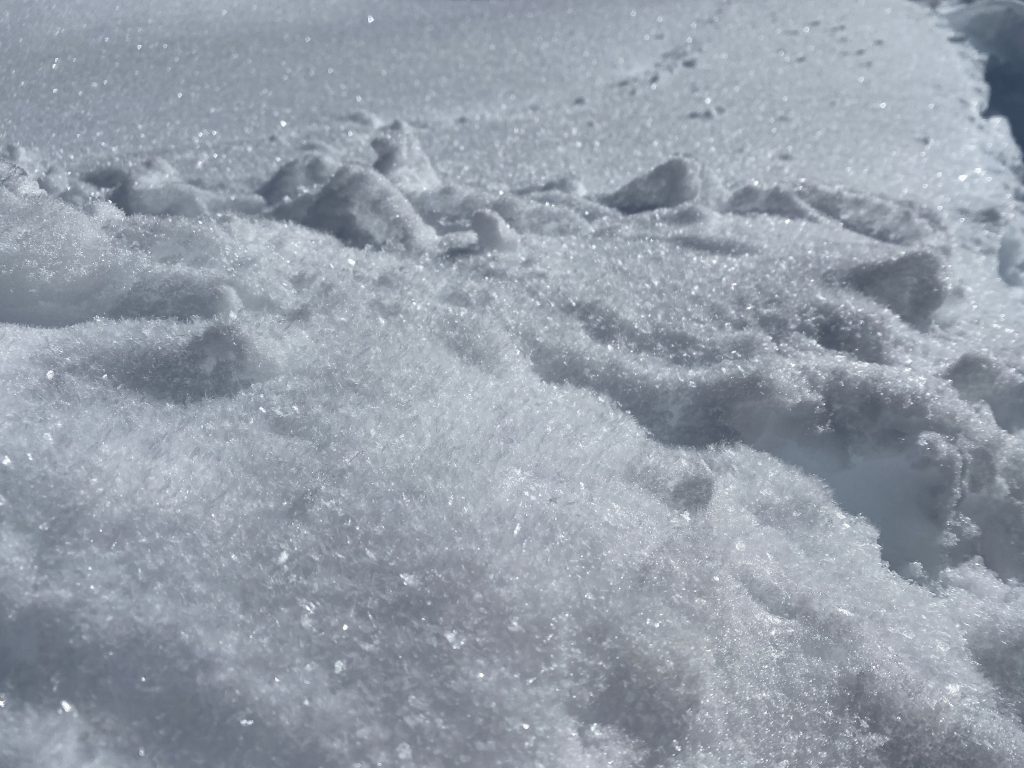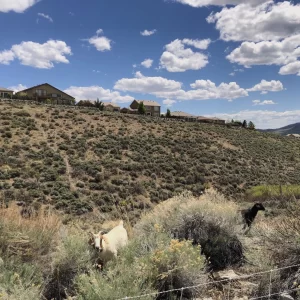
When ski resorts shut down in March due to the novel coronavirus pandemic, ski stores reported a massive influx of people looking to rent or buy backcountry gear.
But ethical questions of going skiing during the pandemic aside, there’s the ever-present risk of avalanches– particularly for those who haven’t been trained to evaluate the risk.
Avalanches are immensely powerful and deadly forces of nature. In the U.S alone, a yearly average of 25 people die from avalanches.
In January of this year, an avalanche in the Sierra Nevadas claimed the life of one California skier and severely injured another. Knowledge of snowpack and weather conditions is crucial for anyone spending time in the snowy backcountry. So, how do avalanche forecasters make an accurate forecast and how effective are they in saving a life?
Reading the snow

The Sierra Avalanche Center, located in Truckee, California, has been around for 14 years now. Their main goal is to inform the public on avalanche conditions in the greater Lake Tahoe area, and they post their evaluations online daily to warn skiers of dangerous areas and aspects.
“And the whole thing just dropped out and went ‘whoomp!’ made like a big old powder cloud and scared the [shoot] out of me.”
– Sean Weese, Tahoe local
“Mainly what we’re looking for is avalanche conditions associated with the current, um, snowpack structure and whether that comes into play,” says Steve Reynaud, an avalanche forecaster with the center.
“We go out in the field and we dig pits and collect different types of observations that would be appropriate for the specific avalanche problem that’s occurring.” Reynaud says observing the snow can help forecasters try to understand if there are instabilities that could lead to an avalanche, such as fresh snow on top of a crusty layer.
Getting out in the field and digging snow pits is the main way forecasters are able to provide accurate information about the snow conditions that day. Observing the snow layers in a specific area lets the forecaster know how likely it is for an avalanche to occur. But this process takes a lot of time and effort.
Snow observation is key
“On any given day we could hike anywhere from three to six hours into being in the field,” says Reynaud. “A lot of times we were on skis, backcountry skis or on snowmobiles.”
Reynaud has experience as a ski guide and as an avalanche educator. There are several ways to get educated about snow safety and The Sierra Avalanche Center contributes to local avalanche safety classes.
“The level one avalanche course is mostly a lot about decision making, and avalanche terrain,” explains Reynaud. He says that course also teaches “how you can look at the current avalanche forecast, how you can put that into your plan and how you can go out in the field and do a safe tour.”
The hope is that most backcountry skiers and snowboarders have taken a Level 1 Avalanche course in order to better prepare themselves for the dangers of the backcountry. But taking the class does not’ guarantee safety.
“I mean I’d say the Avi 1 is kind of helpful,” says Tahoe local Sean Weese, who completed his Avi 1 training.
“I think I had been out there enough that it was kind of like a lot of things that you just kind of start noticing. But they do teach you how to dig a pit and to read their little report that they put out every morning, which is pretty important.”
Weese says he reads the Sierra Avalanche Center risk report every day he goes out in the backcountry.
There’s always a risk

Even with the knowledge from snow safety classes and plenty of experience in the backcountry, avalanches still occur at unexpected moments.
“The worst experience I’ve had for a slide was just outside the Alpine Meadows boundary,” says Weese.
“I was riding along up on this little ridge and it felt all kind of weird and sketchy and I’m like, I made the turn above this big steep face. Well it was only like 30 feet tall or something, but almost vertical.”
“And the whole thing just dropped out and went whoomp, made like a big old powder cloud and scared the [shoot] out of me.”
Although Weese’s experience was just a close call, other experiences can end up being a lot worse. The force of an avalanche is so strong a person can die from impact alone.
From zero to 80 miles per hour in seconds
“So avalanches happen on pretty steep slopes, 30 to 45 degrees, which if you could equate that to a ski resort, that’d be some of their black diamond plus terrain,” says Reynaud.
“These avalanches are natural events. They can travel very fast. They can get up to 60 to 80 miles per hour and in a few seconds.”
And so the consequences of being in an avalanche can be really severe.
With a rising number of people partaking in backcountry activities, Sierra Avalanche Center has seen a great increase in their user group. More people are accessing the forecasts each morning and more people are partaking in the outreach education classes.





